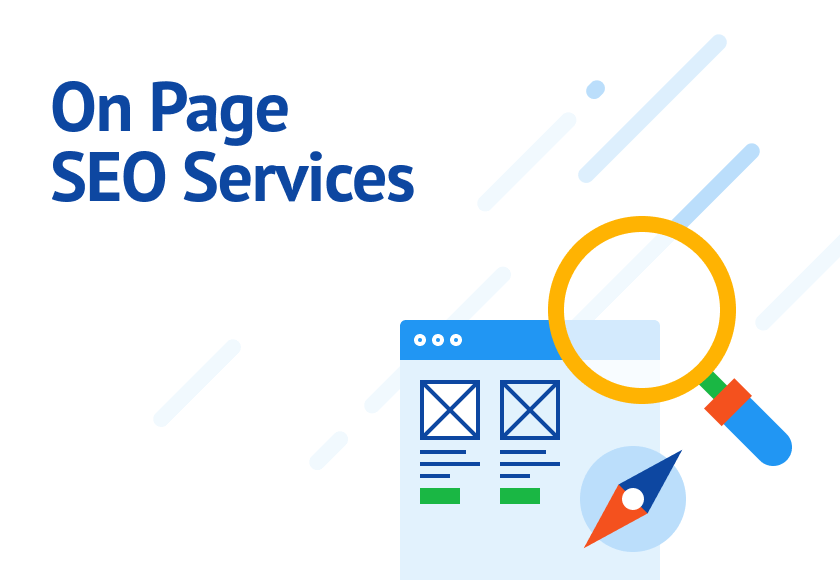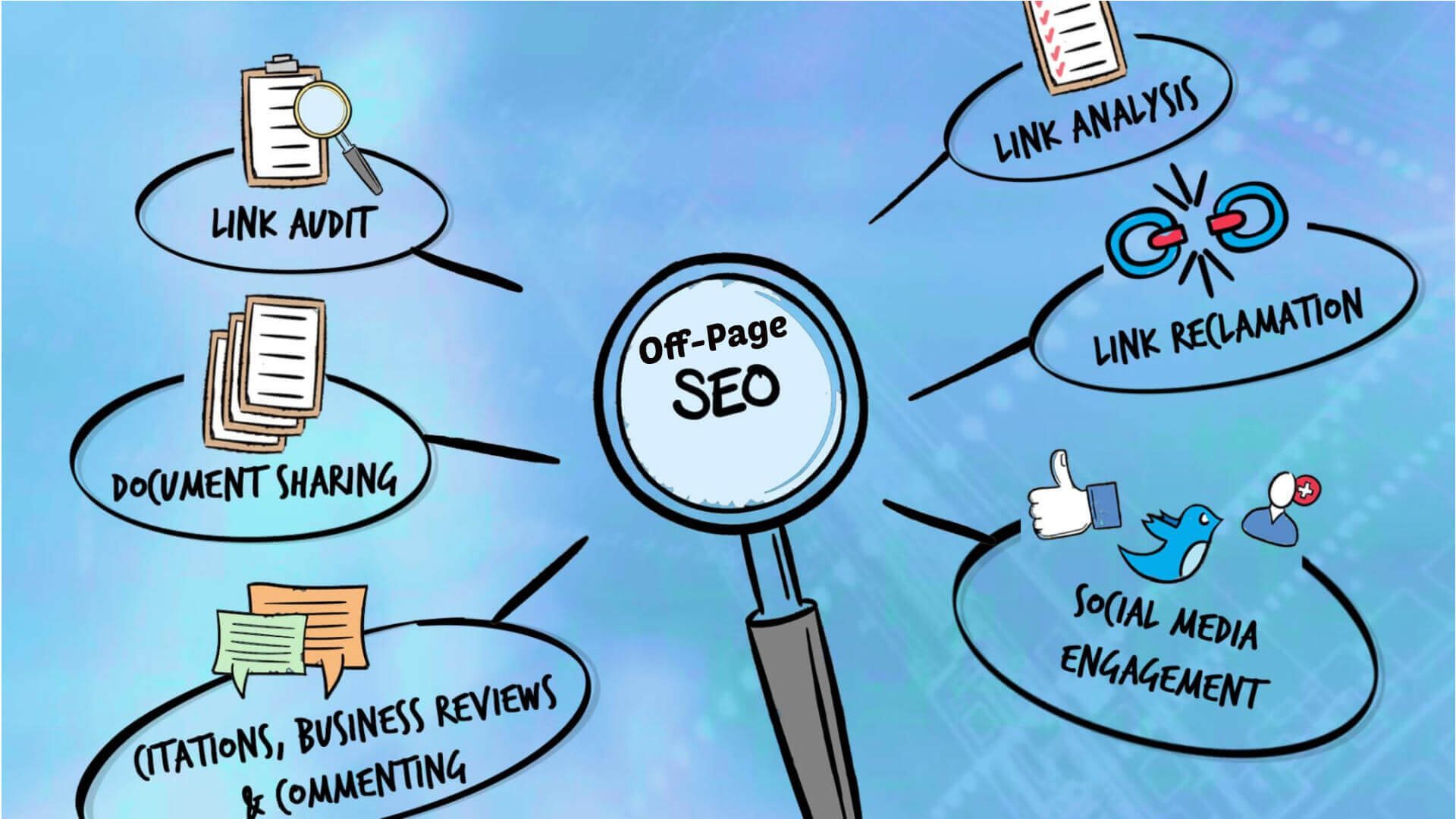You can enhance your e-commerce SEO with advanced on-page methods by optimizing product pages with relevant keywords, unique descriptions, and high-quality visuals. Utilize advanced keyword research methods like long-tail strategies, keyword clustering, and search intent analysis to improve rankings. Enhance user experience with mobile-friendly design, user-generated content, and prioritized content optimization. Technical SEO practices like site structure optimization, schema markup, and canonical tags also play a pivotal role. By mastering these methods and learning how to create dynamic content hubs, you’ll be well on your way to unleashing the full potential of your e-commerce site’s SEO capabilities.
Optimize Product Pages for SEO
To boost your e-commerce site’s search engine rankings, you’ll need to optimize your product pages with relevant keywords that accurately describe each product and match the search queries of your target audience. This is an essential step in e-commerce SEO. By doing so, you’ll increase organic search visibility and drive targeted traffic to your site.
But that’s not all – unique product descriptions and detailed specifications will also improve user engagement and build trust with potential customers.
To take it up a notch, integrate user-generated content like reviews to enhance credibility, boost conversions, and reap valuable SEO benefits. Don’t forget to implement schema markup for product pages, which can lead to improved search result visibility and attract more qualified leads.
Visuals matter too – utilize high-quality images, videos, and interactive features on product pages to enhance the overall user experience and encourage longer time on site.
Advanced Keyword Research Techniques

As you take your e-commerce SEO to the next level, it’s time to explore advanced keyword research techniques that’ll give you a competitive edge.
You’ll learn how to harness the power of long-tail keyword strategies, keyword clustering methods, and search intent analysis to pinpoint the exact phrases your target audience is using.
Long-Tail Keyword Strategies
Your e-commerce site’s SEO can greatly benefit from incorporating long-tail keyword strategies into your keyword research techniques, allowing you to target more specific and interested traffic. By focusing on long-tail keywords, you’ll attract users who are further along in the buyer’s journey, indicating a higher purchase intent. This results in a higher conversion rate compared to short-tail keywords.
For instance, instead of targeting ‘baby shampoo,’ you could target ‘best organic baby shampoo for sensitive skin.’ This way, you’re reaching users who are more likely to make a purchase.
Long-tail keywords also lead to better click-through rates and lower competition, as fewer sites are targeting these specific phrases. By incorporating long-tail keyword strategies, you’ll drive more targeted traffic to your site, increasing the chances of converting visitors into customers.
To get started, brainstorm specific phrases related to your products or services, and use tools like keyword planners to identify relevant long-tail keywords. By doing so, you’ll improve your e-commerce site’s SEO and attract users with higher intent, ultimately leading to increased conversions and revenue.
Keyword Clustering Methods
By grouping related keywords into thematic clusters, keyword clustering enables you to create highly targeted content that resonates with search engines and drives more traffic to your e-commerce site. You’re essentially indicating to search engines that your content is thorough and deserves higher rankings.
Advanced keyword research techniques like keyword clustering take your SEO game to the next level by optimizing on-page content for relevance and search engine visibility.
When you utilize keyword clustering, you identify semantic relationships between keywords and build content strategies that actually work. This approach helps you craft all-encompassing content that addresses the needs of your target audience, boosting your search engine visibility in the process.
With keyword clustering, you’re not just focusing on individual keywords, but rather creating a network of related terms that add depth and context to your content. This relevance optimization technique is a game-changer for e-commerce sites looking to boost their online presence.
Search Intent Analysis
Nearly every successful e-commerce SEO strategy relies on an essential element: understanding the search intent behind a user’s query, which is where search intent analysis comes in. By leveraging advanced keyword research techniques, you can uncover the user intent behind specific search queries and tailor your content to their needs. This leads to higher engagement, increased conversion rates, and ultimately, more sales.
| Search Intent | Description | Example Query |
|---|---|---|
| Informational | User seeks information on a topic | “What is SEO?” |
| Navigational | User wants to visit a specific website | “Amazon homepage” |
| Transactional | User intends to make a purchase | “Buy Nike shoes online” |
| Commercial | User researches a product before buying | “Best laptops for gaming” |
| Local | User searches for a local business | “Coffee shops near me” |
Improve User Experience and Rankings

Several key strategies can greatly improve user experience and search engine rankings, setting the stage for e-commerce success. By focusing on your SEO strategy and prioritizing user experience, you’ll see significant enhancements in engagement, conversion rates, and overall site performance.
Here are four techniques to improve user experience and boost rankings:
- High-quality visuals: Enhance product descriptions with high-quality images, and consider interactive features like zoom and 360-degree views to enhance user satisfaction and conversion rates.
- Mobile optimization: Ensure a seamless user experience on mobile devices, as Google favors mobile-friendly sites with its mobile-first index, prioritizing mobile optimization is essential.
- User-generated content: Utilize reviews and ratings to add credibility, trust, and SEO value to your e-commerce site, making it more discoverable and appealing to potential customers.
- Content optimization: Prioritize content optimization by using a clear visual hierarchy, formatting, and internal links to improve engagement, reduce bounce rates, and enhance overall user experience.
Technical SEO for E-Commerce Sites

As you explore the technical side of e-commerce SEO, optimizing your site’s structure, meta tags, and URLs becomes important to boosting search engine visibility.
You’ll want to implement schema markup on product pages to enhance search result appearance and increase click-through rates.
Proper canonical tags and redirects are also essential in preventing duplicate content issues and maintaining SEO integrity.
Regularly monitoring site speed, mobile-friendliness, and server response times is crucial for technical SEO success.
A slow site can deter users and negatively impact search engine rankings.
Ensure your site is mobile-friendly, as this is now a key ranking factor.
Utilize tools like Google Search Console and Screaming Frog to identify and fix technical SEO issues on your e-commerce website.
Creating Content Hubs for SEO

As you build your e-commerce site’s SEO strategy, creating content hubs becomes an essential step in establishing your brand’s authority and expertise.
By organizing related content into centralized resources, you’re not only improving internal linking and SEO but also providing users with a seamless experience, where they can easily access in-depth information on specific subjects.
Now, let’s explore how to build a robust content hub architecture and optimize your hub content strategy to take your e-commerce site’s SEO to the next level.
Building Content Hub Architecture
How do you create a solid foundation for your e-commerce website’s SEO strategy and improve user experience at the same time, using a well-planned content hub architecture?
By organizing your website content around a central topic, you can boost your site structure and SEO. A content hub architecture consists of pillar pages that cover broad topics and cluster content that expands on specific aspects. This approach helps search engines understand your site hierarchy, leading to better indexing and visibility.
Here are four key elements to keep in mind when building your content hub architecture:
- Pillar pages: Extensive resources that cover a broad topic and serve as a hub for related content.
- Cluster content: Specific articles or pages that delve into aspects of the pillar page topic and link back to it.
- Clear site structure: Arrange your content in a logical and easy-to-navigate manner to enhance user experience.
- SEO strategies: Implement on-page techniques to optimize your content and increase organic traffic, search engine rankings, and overall e-commerce SEO performance.
Optimizing Hub Content Strategy
Developing an effective hub content strategy is essential for e-commerce websites. It enables you to create a cohesive and authoritative online presence that boosts SEO and drives organic traffic.
Boosting SEO With Dynamic Parameters

When used strategically in your e-commerce site’s URLs, dynamic parameters can greatly enhance search engine indexing and crawl efficiency. By incorporating these parameters, you’re providing search engines with a clearer understanding of your site’s structure, allowing them to index your content more effectively. This, in turn, boosts your e-commerce SEO and improves user experience.
Here are four ways dynamic parameters can elevate your SEO game:
- Faster indexing speed: Dynamic parameters help search engines crawl your site more efficiently, ensuring your content gets indexed quickly.
- Duplicate content prevention: Using dynamic parameters for pagination prevents duplicate content issues, ensuring all relevant pages are indexed by search engines.
- Enhanced site navigation: Dynamic parameters provide flexibility in managing content, making it easier for users to navigate your site and find what they need.
- Improved user engagement: By optimizing user experience, dynamic parameters lead to higher user engagement, which in turn boosts SEO performance.
Enhancing Keyword Relevance and Rankings

To take your e-commerce SEO to the next level, you’ll want to focus on enhancing keyword relevance and rankings by incorporating targeted keywords in strategic locations, such as title tags and meta descriptions. Conducting in-depth keyword research helps you identify relevant keywords that align with your content and products. By incorporating these keywords naturally, you’ll improve your keyword rankings and increase visibility in Google search results.
| Keyword Technique | Description | Benefits |
|---|---|---|
| Journalist Keywords | Identify keywords used by journalists in your niche | Boosts keyword relevance and authority |
| LSI Keywords | Use latent semantic indexing to find related keywords | Enhances content optimization and ranking |
| Low-Competition Keywords | Utilize keywords with lower competition from sources like Reddit | Improves keyword optimization and ranking |
| Comparison Keywords | Target keywords used for comparison queries | Leads to quick ranking improvements |
| People Also Ask Keywords | Optimize content for question-based queries | Increases visibility and ranking |
To Recap
You’ve optimized your product pages, mastered advanced keyword research, and elevated user experience – now it’s time to reap the rewards.
By implementing these advanced on-page techniques, you’ll not only boost your e-commerce site’s SEO but also create a seamless shopping experience that drives conversions.
Remember, the key to success lies in striking a balance between technical optimization and user-centric design, allowing you to outshine the competition and dominate the search rankings.








